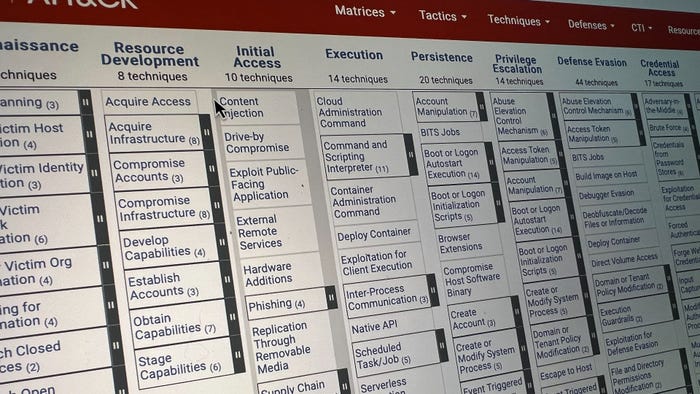6 Security Investments You May Be Wasting6 Security Investments You May Be Wasting
Not all tools and services provide the same value. Some relatively low-cost practices have a major payoff while some of the most expensive tools make little difference.

Already have an account?
Security budgets are growing and so are security costs, with drivers coming from all sides: data breaches that are more frequent and more expensive to remediate; preventative technologies that are costly to buy and maintain; and talent that remains both pricey and hard to find.
On a positive note, businesses today are better at understanding risks and allocating more of their attention and IT budgets (23%) to cybersecurity. Enterprises, as reported in new Kaspersky Lab research, believe their security budgets will grow by 15% over the next three years, as do businesses with less than 50 employees. SMBs are about the same, anticipating 14% growth in security spend by 2021, according to Kaspersky Lab.
But despite larger budgets, security teams still struggle to make ends meet. Increasingly advanced tools are expensive to buy and, oftentimes, more expensive to run. Enterprise victims allocate most ($193,000, on average) of their post-breach spending toward improving software and infrastructure, and SMBs hit with breaches spend $15,000 on the same expense, according to Kaspersky.
Maintaining advanced technology is also a challenge due to the growth of complex infrastructure and lack of both organizational and technical ability to manage it. More than one-third (34%) of organizations say the intricacy of IT systems is driving investments; the same amount say improving security expertise is a motivation to spend, according to Kaspersky.
The reason: many security technologies simply aren't worth their cost without the right resources to implement and run them, observes Tom Parker, group technology officer at Accenture Security. Oftentimes what Parker describes as "comfort purchasing" makes companies feel good about the money they spend on new technology and lures them into feeling confident they're making the right moves.
"The biggest concern I have, honestly, is ... [about the] false sense of security organizations often get by buying technology and not having a well-considered view of how that technology is performing in their environment," Parker adds.
Here, experts point to security technologies and processes that require more investment to be worth their cost. Not all tools and services provide the same value. Some relatively low-cost practices can have a major payoff; some of the most expensive tools make little difference.
Are there any components to your security strategy you felt haven't been worth their high cost? Feel free to add to the conversation in the comments.
About the Author
You May Also Like
Shifting Left: DevSecOps in the Cloud
Feb 4, 2025Uncovering Threats to Your Mainframe & How to Keep Host Access Secure
Feb 13, 2025Securing the Remote Workforce
Feb 20, 2025Emerging Technologies and Their Impact on CISO Strategies
Feb 25, 2025How CISOs Navigate the Regulatory and Compliance Maze
Feb 26, 2025




